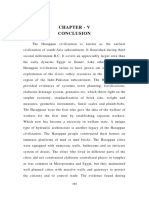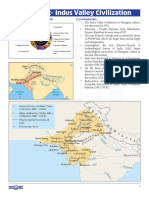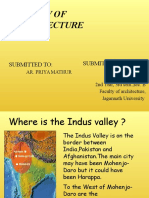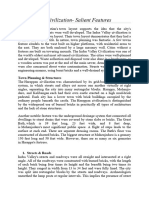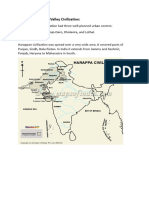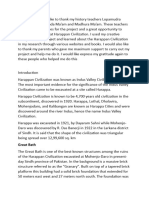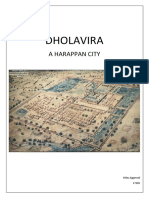0% found this document useful (0 votes)
43 views3 pagesIndus Valley Water Systems
The Indus Valley civilization had an advanced drainage system and water management. Their cities like Mohenjo-Daro and Harappa had extensive drainage networks with brick-lined streets and house drains connected to main sewers. Wells and reservoirs collected and stored water, with some sites having over 700 wells. The Great Bath at Mohenjo-Daro was a large, precisely constructed water tank. Dholavira also had an elaborate system of reservoirs, drains, and a well to manage water in their arid environment.
Uploaded by
shrutigupta71101Copyright
© © All Rights Reserved
We take content rights seriously. If you suspect this is your content, claim it here.
Available Formats
Download as PDF, TXT or read online on Scribd
0% found this document useful (0 votes)
43 views3 pagesIndus Valley Water Systems
The Indus Valley civilization had an advanced drainage system and water management. Their cities like Mohenjo-Daro and Harappa had extensive drainage networks with brick-lined streets and house drains connected to main sewers. Wells and reservoirs collected and stored water, with some sites having over 700 wells. The Great Bath at Mohenjo-Daro was a large, precisely constructed water tank. Dholavira also had an elaborate system of reservoirs, drains, and a well to manage water in their arid environment.
Uploaded by
shrutigupta71101Copyright
© © All Rights Reserved
We take content rights seriously. If you suspect this is your content, claim it here.
Available Formats
Download as PDF, TXT or read online on Scribd
/ 3




